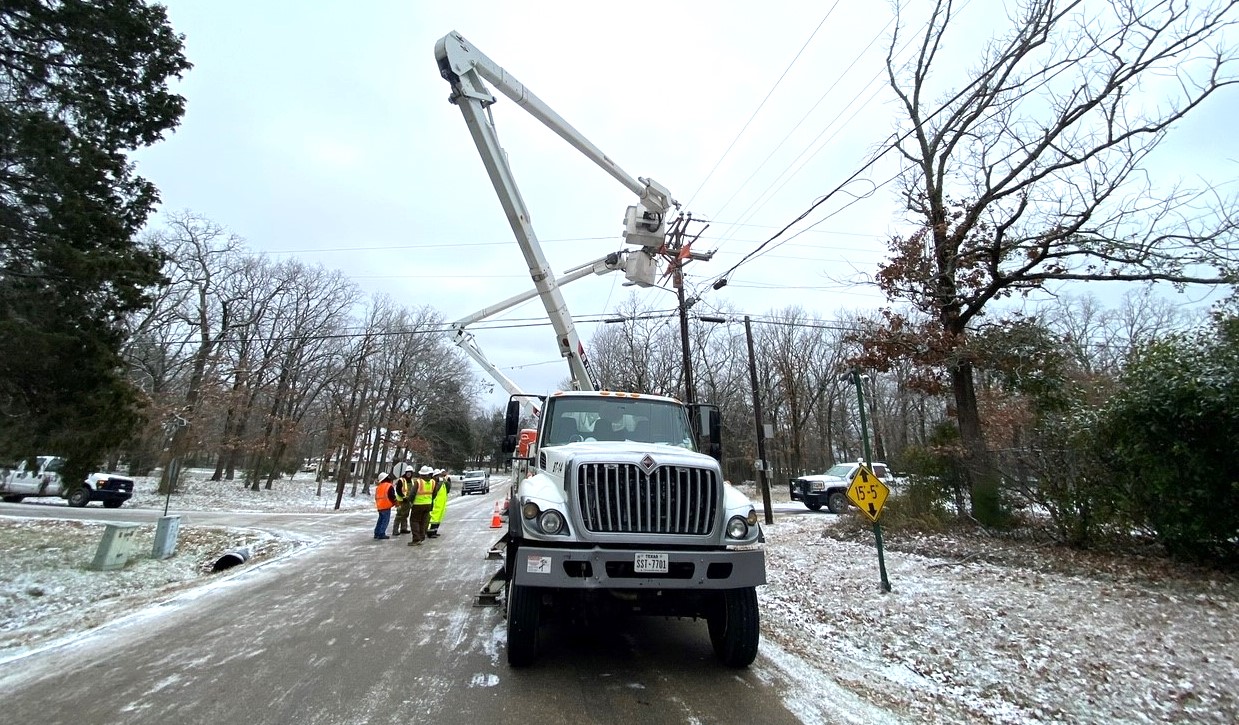-
Contact Us
-
General Inquiries/Service Requests:
- 888.313.6862
-
contactcenter@oncor.com
-
(Mon.-Fri., 8 a.m.-6 p.m. Central Time)
-
For Outages
- 888.313.4747
-
(24/7)
No matter what part of Texas you call home, it was a brutally hot summer. From Odessa to Tyler, heat records were shattered and a lack of rain plunged the state further into an already bad drought.
Before previewing what fall has in store, here’s a brief look back at the significance of this summer’s weather.
Summer Sizzle
You’ve heard it before: “It’s Texas. It’s supposed to be hot in the summer.” Technically, that’s true. However, when you consider the state’s climatology, it’s clear that it wasn’t just “hot” this summer. It was abnormally hot – and the proof is in the numbers.
June and July saw the most new heat records set across Oncor’s service territory. The most notable? July in Waco. It was the hottest July on record, dating back to 1901. Of the 31 days in the month, only one day was “cooler” than 100. The hottest day was July 10 with a high temperature of 109.

Another significant record was set in the DFW area. This July was the second hottest there since 1898 and it hit 109 three days in a row. Overall, DFW had 47 100-degree days this summer.
The Drought
On top of the heat, it was also a very dry summer. Rain seemed nearly impossible to come by, with the exception of the last two weeks of August.
Those in the DFW area may remember that it didn’t rain at the airport for 67 days straight – from June 3-Aug. 9. However, the lack of rain was felt all across Texas as drought crept into seemingly every county by the middle of August.


August Flooding
After a devastatingly dry few months, the stagnant weather pattern began to break down in August as rain chances returned to parts of Texas. However, too much rain fell across North Texas on Aug. 21-22. In 24 hours, 9.19 inches of rain fell at DFW Airport – the second highest 24-hour rainfall total on record. There was historic flooding across parts of the populous Metroplex – a shock and a stark contrast to having no rain for more than two months.
Fall Weather Preview
Now that pumpkin spice coffees are making the rounds, it’s time to start thinking cooler thoughts – well, eventually. Texans know that just because it’s September doesn’t mean it’s time to pull out the sweaters. However, some reasonable conclusions can be drawn about the forecast for this fall, thanks to La Nina.

La Nina and El Nino are climate patterns that begin over the Pacific Ocean but affect North America and other parts of the globe. La Nina results in an area of high pressure over the Pacific, which displaces the polar jet stream farther north. This keep areas of low pressure – or storm systems – across the central and northern tier of the United States. As a result, Texas experiences fewer storms. That tends to leave things drier and warmer.
Drier and warmer… Sounds a lot like how our summer played out, right?
La Nina is also expected to influence our weather this fall. According to NOAA’s Climate Prediction Center, La Nina is expected to continue through early 2023. As a result, there is a 40-50% chance of a warmer than average fall and a 33-40% chance of a drier than average fall.


Before you vow to keep your jackets tucked away deep in the closet, keep in mind that the weather will turn cool and rainy at times this fall. There will be cold snaps! However, when we tally up the numbers at the end of the season, it will likely come out on the warmer and drier side.







